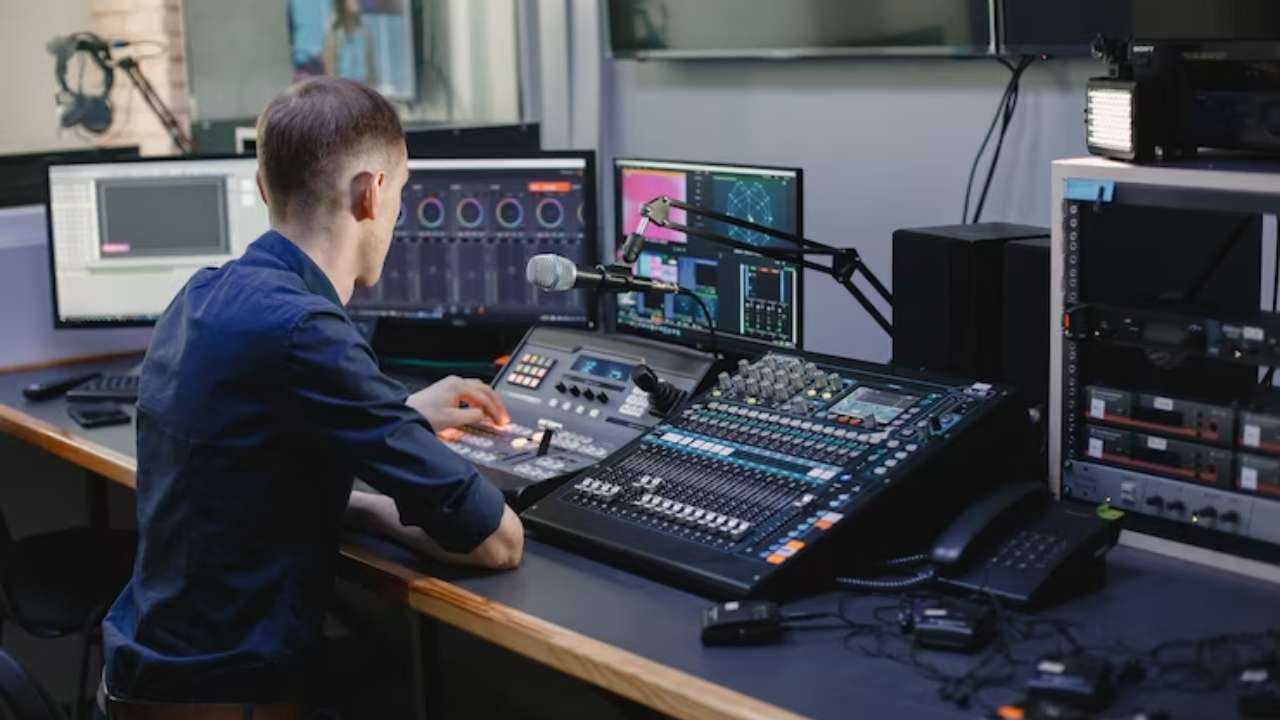Highlighting the Influence of Lighting Circumstances on Motion Identification Accuracy and Dependability
Highlighting the Influence of Lighting Circumstances on Motion Identification Accuracy and Dependability
Blog Article
Lighting conditions have a crucial role in how effectively we can perceive movement. Motion detection is a critical component of different systems, including surveillance cameras, automatic illumination systems, and even some video games. Comprehending the ways various lighting environments influence our capacity to detect movement can assist improve the design and effectiveness of these technologies. For example, inadequate illumination can result in missed movements or false alarms, while optimal illumination can enhance the accuracy of motion detection technologies.
In bright lighting environments, movement detection is generally more accurate. As there is ample light, sensors and cameras can obtain sharper images, which assists in identifying dynamic objects. Well-lit conditions allow for better contrast between the dynamic object and the surroundings. This contrast is crucial for both human viewers and automated systems, as it facilitates it easier to distinguish between static and dynamic objects in a scene. Thus, ensuring that spaces are well-lit can significantly enhance the performance of movement detection technologies.
On the other hand, low-light environments can pose difficulties for movement detection. In dim settings, shadows can hide moving objects, which makes them difficult to perceive. Additionally, the human eye faces challenges to perceive motion in low light, which can result in misinterpretation of what is happening in the surroundings. Cameras might also encounter difficulties, as many do not perform well in dim conditions without the use of infrared technology or alternative enhancements. These restrictions highlight the importance of sufficient lighting in environments where motion detection is critical.
Additionally, various types of illumination can have varying effects on movement detection. For instance, neon lights can flash, which might mislead movement detection systems that depend on consistent light sources. On the other hand, daylight provides a steady form of lighting that motion detection and privacy concerns enhances clarity. Comprehending these variations in website here lighting types can assist users in choosing the most suitable illumination for specific applications, particularly in surveillance and surveillance scenarios.
In conclusion, the connection between illumination environments and movement detection accuracy is important. By making sure that environments are appropriately lit, we can enhance the dependability of movement detection technologies. This knowledge not only supports technological applications but also enhances safety and safety in multiple environments. As more advancements are made in motion detection technology, considering lighting conditions will continue to be a crucial factor in optimizing effectiveness and guaranteeing that these systems function properly in various conditions.